TABLE 14-16
What are the factors that determine the acceleration time (in sec.) from 0 to 60 miles per hour of a car? Data on the following variables for 171 different vehicle models were collected:
Accel Time: Acceleration time in sec.
Cargo Vol: Cargo volume in cu. ft.
HP: Horsepower
MPG: Miles per gallon
SUV: 1 if the vehicle model is an SUV with Coupe as the base when SUV and Sedan are both 0
Sedan: 1 if the vehicle model is a sedan with Coupe as the base when SUV and Sedan are both 0
The regression results using acceleration time as the dependent variable and the remaining variables as the independent variables are presented below.
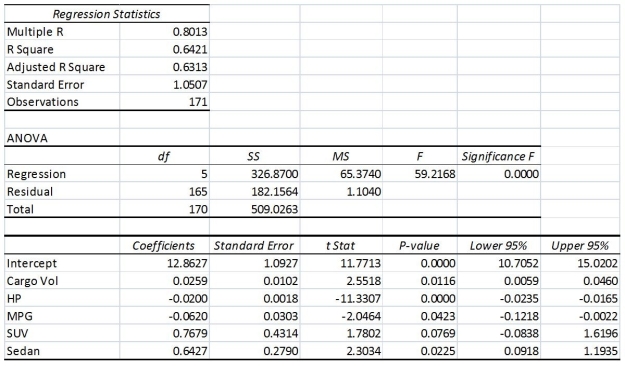
The various residual plots are as shown below.
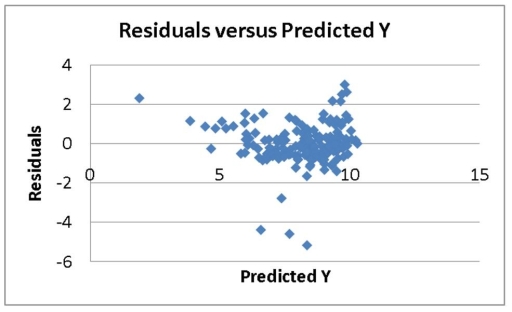
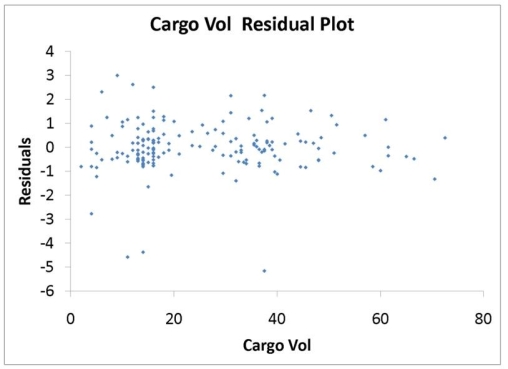
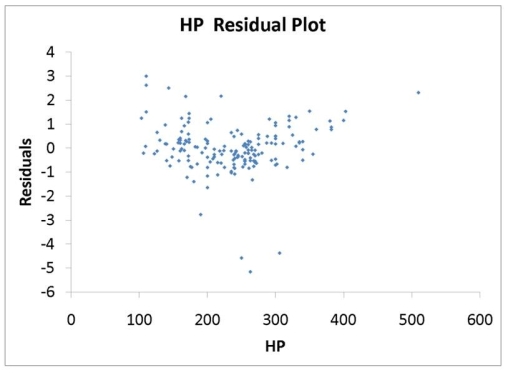
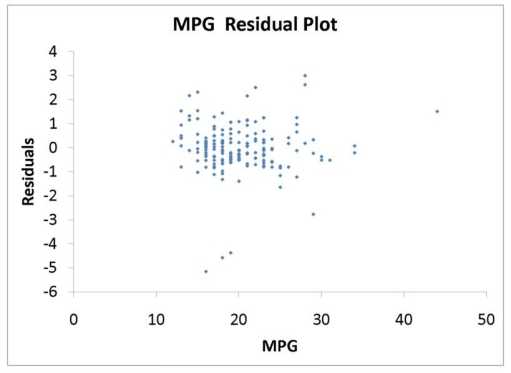
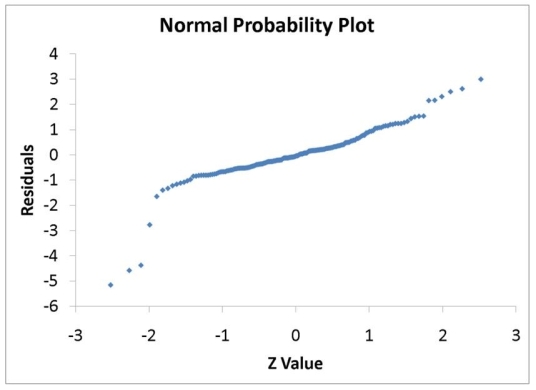

-Referring to 14-16, what is the p-value of the test statistic to determine whether SUV makes a significant contribution to the regression model in the presence of the other independent variables at a 5% level of significance?
Definitions:
Authoritative Families
Families characterized by a balanced approach of warmth, support, and appropriate discipline; considered one of the most effective parenting styles.
Healthy Child Development
Encompasses the physical, mental, and emotional growth and maturation of a child, supported by a nurturing environment.
Discipline
The practice of training people or oneself to follow a set of rules or behavior, often using punishment to correct disobedience.
Self-control
The ability to regulate one's emotions, thoughts, and behaviors in the face of temptations and impulses.
Q17: Referring to Table 15-4, what is the
Q30: Which of the following terms describes the
Q53: A high value of R² significantly above
Q117: Referring to Table 14-17 Model 1, the
Q171: Referring to Table 14-4, at the 0.01
Q204: Referring to Table 14-3, one economy in
Q208: Referring to Table 13-10, what are the
Q296: Referring to Table 14-5, what is the
Q299: Referring to Table 14-19, there is not
Q318: In a multiple regression model, the value